Introduction to Drawing I
ART
101
In-Person
This course will introduce students to the art of drawing. Students will become familiar with conventional drawing materials including graphite, charcoal, conté, ink, and pastel. A disciplined daily working practice and routine will develop throughout the course, offering students transferable skills to all their academic pursuits. This course aims to encourage students to engage in further artistic study and life-long learning. ART 102 is strongly recommended as a complementary course. Credit will be granted for only one of ART 101 or ART 100. Three credits.

